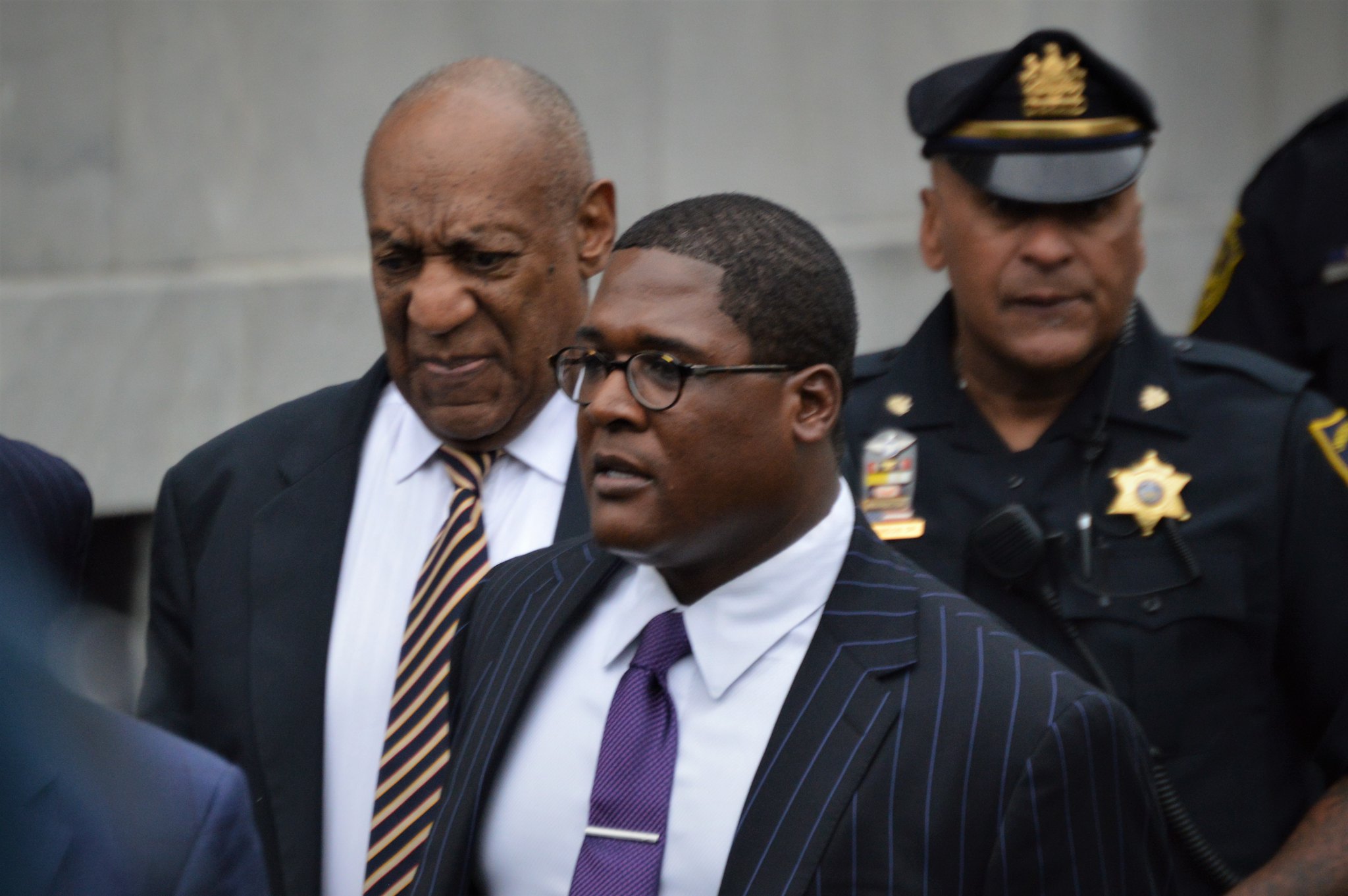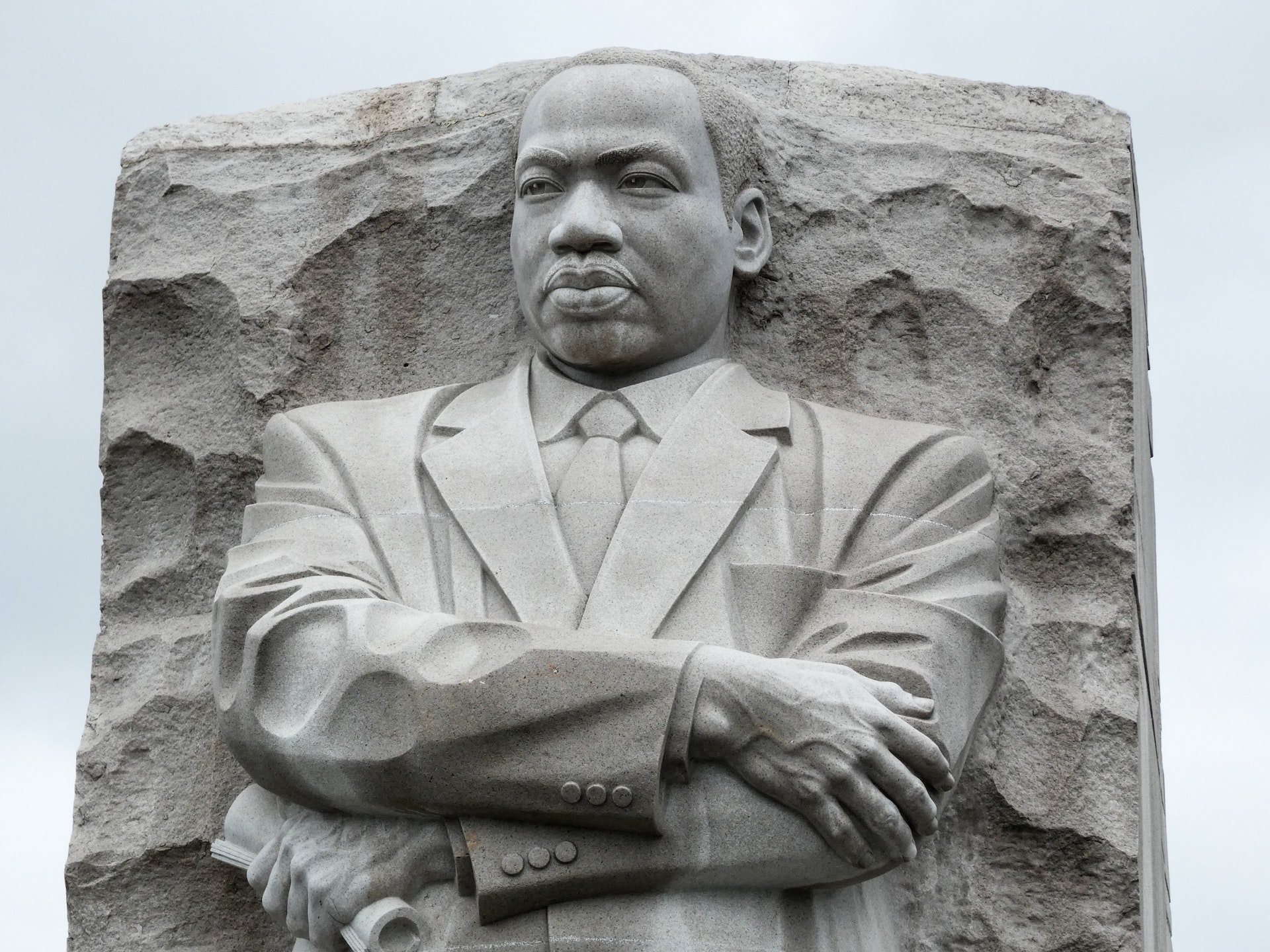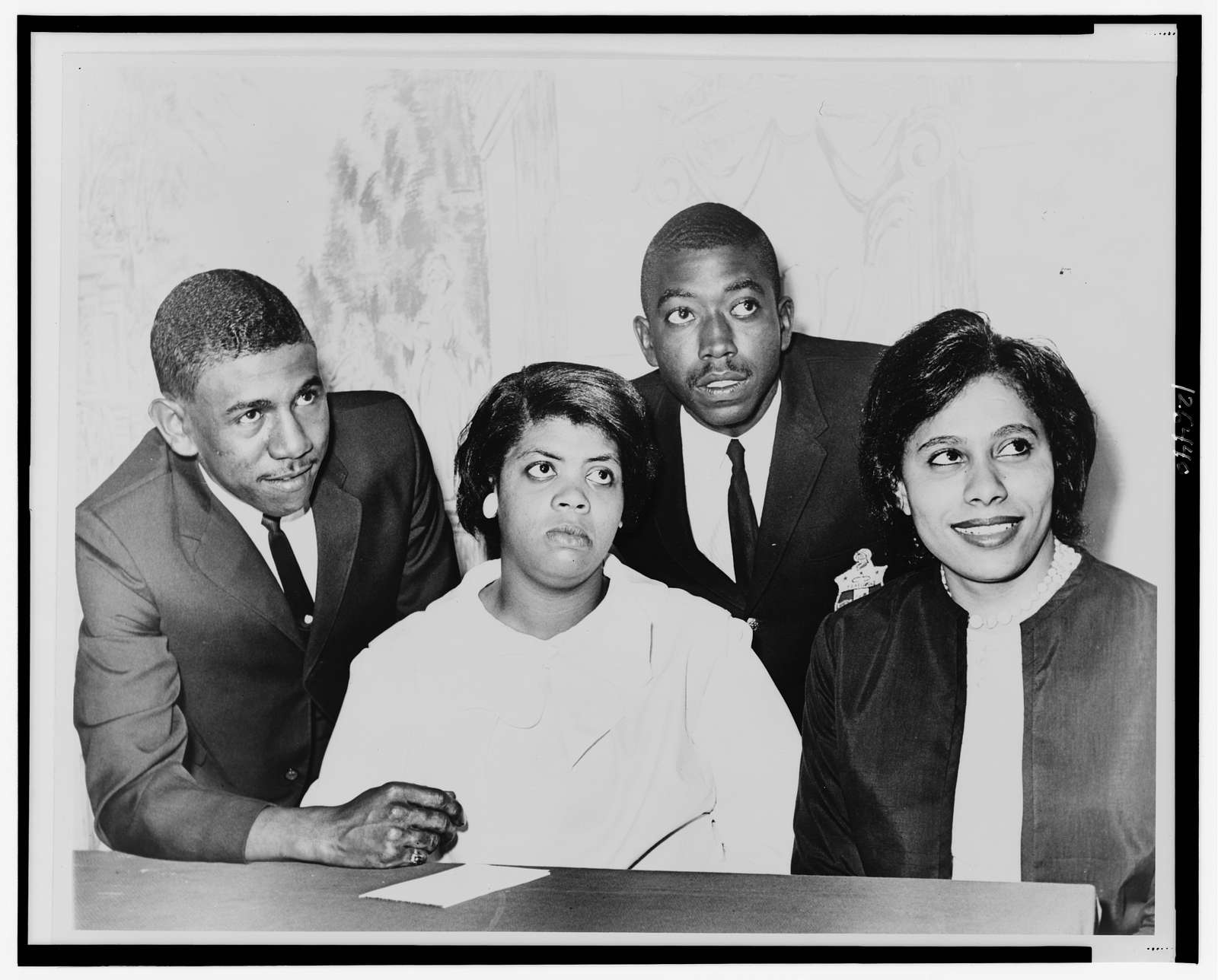Why Can’t We Settle Some Types of Cases?
Freshly minted lawyers will rarely, if ever, crack open a legal case reporter. They will not have to search for the most up-to-date supplement or “pocket part” for reporters to ensure that legal research includes the most recent decisions. These new attorneys will never spend hours in the “stacks” of row upon row of reported decision books. Legal research, as with every walk of life, evolved with computer technology. More information now is available with a few keystrokes at your desk than in any law library.
One such development in this regard is the daily electronic reporting of judicial decisions. Paper Advance Sheets announcing recent legal decisions or developments used to be published monthly or weekly. We no longer need to wait even 24 hours to receive this data. It appears in our e-mail accounts each morning as a service of bar associations or other professional organizations.
When we lived in the paper society, I would carve out time to review Advance Sheets. When a few stacked up addressing different topics, they would serve as a physical reminder that attention would be required. Upon the transition to the more frequent tendering of electronic information, I confess that I found it easier to ignore this potentially vital data. Once the e-mail was moved to its proper electronic folder, it could fall into the “out of sight, out of mind” category.
In an effort to change my approach and develop a routine to more regularly review these documents, I challenged myself for the first six months of 2018 to review, each day, the reported decisions and opinions in the TBA Reports. Tennessee attorneys will know this daily publication issued by the Tennessee Bar Association which includes the prior day’s decisions from Tennessee state trial and appellate courts as well as other legal developments such as ethics rulings and rule changes. Most state bar associations publish similar works with the same frequency. While I was not 100% successful with the daily review, I did remain fairly punctual. Hopefully, this new “routine” will stick.
With this more regular review, my mediator’s eye discovered an intriguing dynamic. I found that two types of civil cases proceeded to court disposition much more often than other types of cases. First, an explanation of how this conclusion presented itself. I sought to identify any such trends as mediator efforts could be focused in these areas. I eliminated criminal reported cases. I also did not include family law matters as they present unique issues oft-times necessitating court disposition and require specialized mediator skills. Finally, I eliminated from consideration worker’s compensation cases as there exists fairly unique administrative and legal processes which encourage appeals in these cases. What should remain would be the bulk of civil litigation: contract, torts, labor and employment, environmental, intellectual property and property law.
Based on observation and not a formal scientific study, I found a disproportionate number of reported decisions addressed dissolution of private businesses (mostly family owned businesses) and contested probate matters. Dissolution of private business cases and probate actions are sent to mediation as frequently as all other civil cases.
Why do parties litigate these types of cases to conclusion in courts when the vast majority of civil cases resolve short of dispositive motions or trial? What unique facts and circumstances, if any, explain this situation? What steps can and should courts and mediators take to assist litigants in such matters to discover settlement alternatives?
The following reasons, alone or in combination, may begin to explain why business dissolution and contested probate cases settle less frequently than other matters.
1. Emotionally Charged Clients
Privately held business disputes often place long term partners, friends and family members against each other. All parties believe that they have been wronged. Relationships have been destroyed and any trust has been lost. Dissolution of a long-standing business is akin to splitting up a family with significant entanglement of business and personal lives.
Contested probate matters place family members and extended family members directly in conflict. They can frequently involve children of a prior marriage against step parents where relations already have been strained. These litigants bring long standing emotional baggage with them into a process where they may still be grieving. Somehow, they each believe that only they know and understand the final and true wishes of the deceased.
In either type of dispute, litigants may yield otherwise rational decision making to emotionally driven choices based on hurt feelings, greed, or revenge. Even experienced attorneys who routinely represent clients in such matters may not be able to break through the emotional pieces which could cloud judgment.
2. Emotionally Charged Legal Issues
The legal issues to be decided in dissolution and probate cases could also be emotional for litigants. The dispassionate allocation of assets and liabilities from a balance sheet may become quite complex where litigants retain emotional ties to the property divided. These legal determinations represent the end of an enterprise or possibly the last decisions to be made regarding the deceased. Litigants may simply not be prepared for finality. Alternatively, the legal issues could also relate to control over future handling of affairs or business decisions. Again, the absence of trust or sense of rejection may bring emotional challenges in accepting these results. While such matters represent necessary legal determinations, addressing them might only be accomplished through emotionally charged thought processes.
3. Fact Specific and Fact Intensive Analysis
The legal determinations required to be addressed in probate and dissolution of business cases would be plain to the lawyers. Nonetheless, each case of this type is necessarily, incredibly fact dependent. If these matters reach litigation, it can be assumed that each party brings very different versions of the facts. The parties most probably do not even agree upon which facts will be important to decide the issues. As a consequence, no party will be well set up to secure summary judgment or other dispositive relief prior to trial.
When viewed within this framework, it is understandable that these type of cases remain quite contentious. The personalities, issues to be decided, and inability to accept adverse positions prior to a full trial combine to preclude resolution. Yet, courts, mediators, and legal practitioners address challenging cases all the time and still find the ability to routinely reach settlement. Divorce cases present similar or even greater emotional issues and those cases quite often reach an agreed upon resolution structure. Complex business cases present tremendous entanglements of relationships and those cases quite often reach settlement.
Perhaps one key difference presented in dissolution of privately held business and contested probate cases is that they often present simultaneous challenges in the areas of business concerns and emotional issues. The parties might require a mediator well trained and skilled to assist in both these areas. Many family law mediators might be well equipped in regularly addressing the emotional aspects, but perhaps do not often encounter the complex business issues. Similarly, business law mediators who regularly address civil cases involving contracts and property law issues may be lacking the skills to meaningfully address the emotional challenges.
A cautionary note for practitioners is to carefully consider the proper mediator best positioned to assist given the complexities of the case presented. Invest the time to find the mediator who can handle both sides of the equation in these cases. A cautionary note for courts which may assign mediators to such cases is to work closely with the local bar associations to identify those mediators with the requisite training, experience and skill sets to work with litigants in these complex cases. A cautionary note for mediators is to candidly evaluate our own skills and determine if we are a correct fit for the particular assignment (We never want to turn away business, but we do want the litigants to succeed in mediation!).










